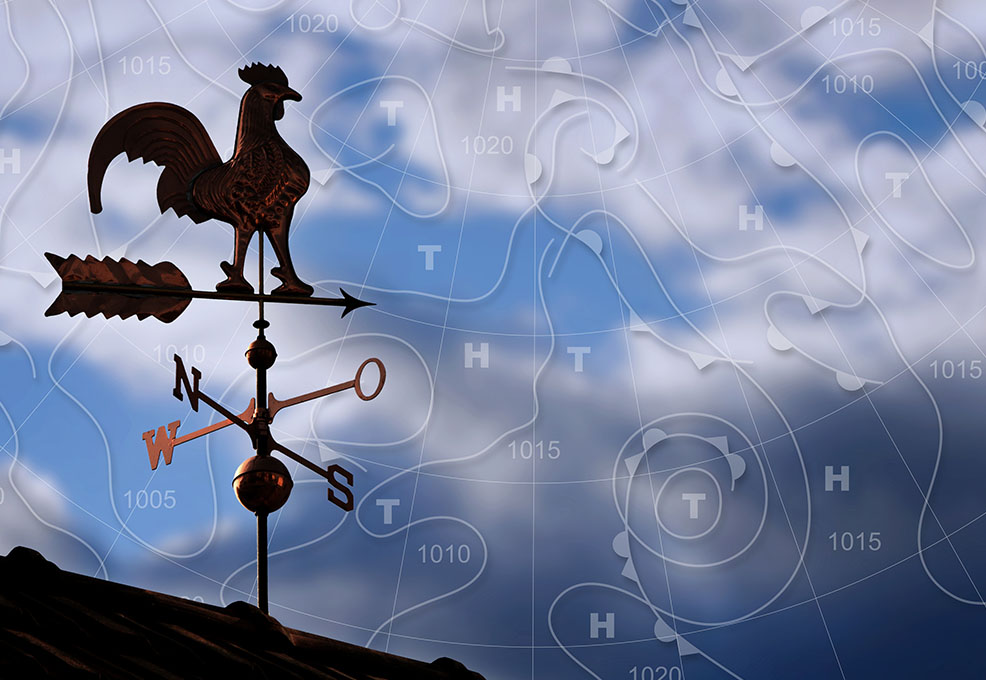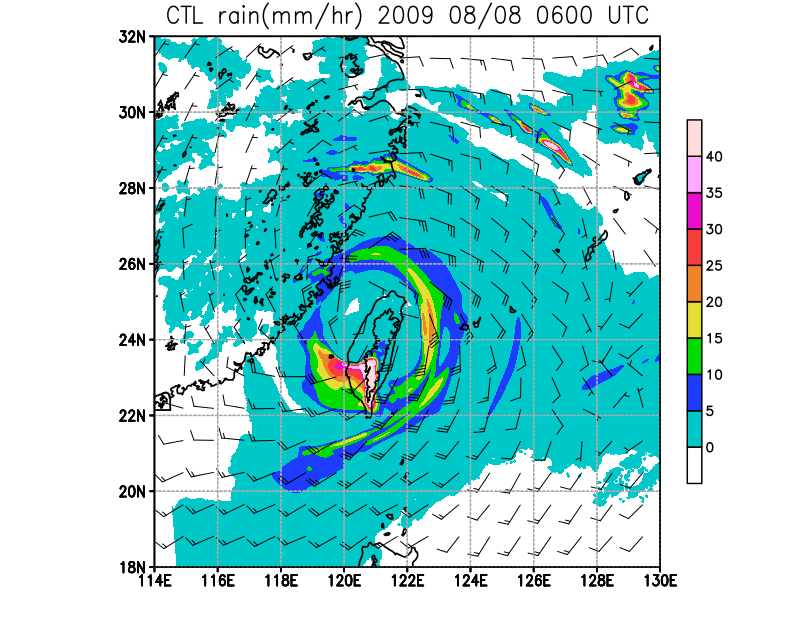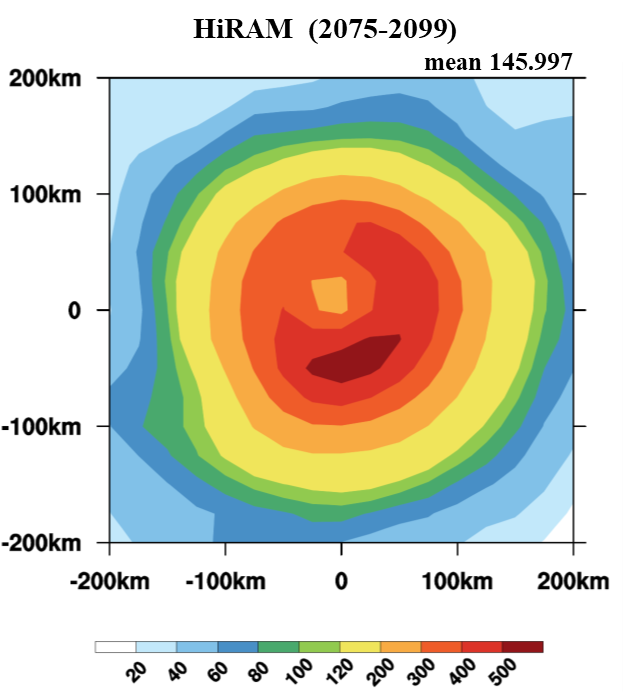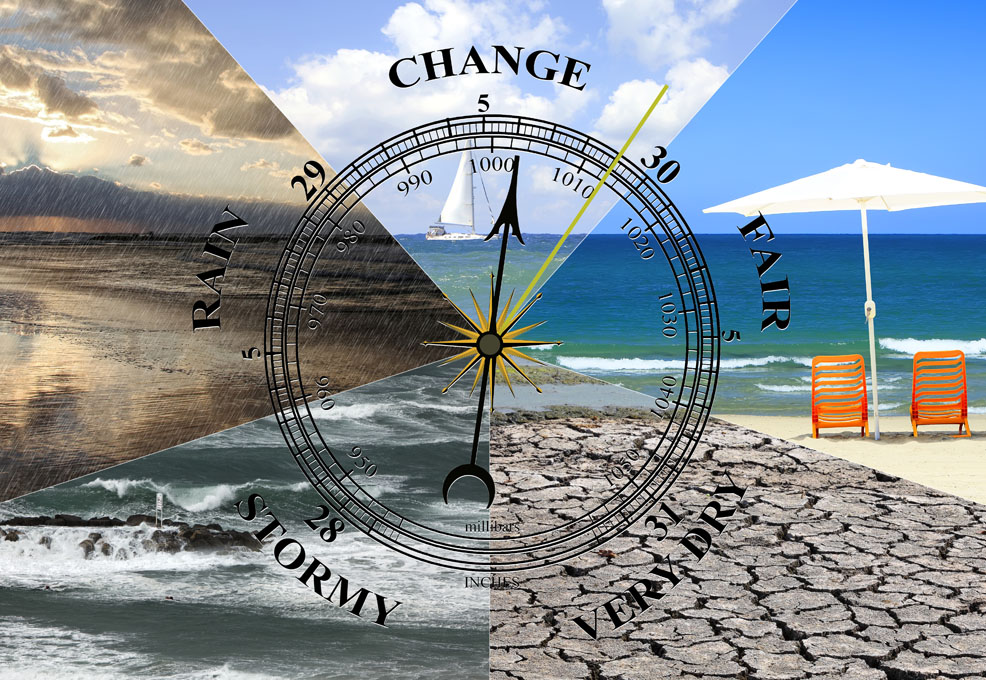Ultralow-threshold Plasmonic Nanolaser by Using a Single Quantum Dot

Author(s)
Chih-Hua Tsou & Chung-Chieh WangBiography
Prof. Tsou and Wang are currently professors in the Department of Earth Sciences at National Taiwan Normal University in Taiwan (NTNU). Prof. Tsou is an expert in tropical cyclones climate change and intraseasonal oscillation. Prof. Wang is an expert in meso-scale modeling and severe weather prediction.
Academy/University/Organization
National Taiwan Normal UniversityEdited by
Prof. Chih-Hua TsouSource
doi: 10.3319/TAO.2016.06.13.04https://doi.org/10.1002/joc.6030-
TAGS
-
Share this article
You are free to share this article under the Attribution 4.0 International license
- NATURAL SCIENCES
- Text & Image
- April 18,2019
Will severe typhoon frequency increase in the future? This interesting scientific issue and an important economic and social topic for Taiwan and Asian coastal communities rely on climate model performance skills. Unfortunately, most of the low-resolution climate models that are used to predict typhoons on a climate timescale underestimate typhoon frequency and typhoon intensity. To reduce the uncertainty due to climate model bias, the High-Resolution Atmospheric Model (HiRAM), originally developed by the Geophysical Fluid Dynamics Laboratory (GFDL) is adopted by the Taiwan climate research group to simulate TC activities in the western North Pacific (WNP) on climate timescales with horizontal resolutions of 23 km.
Typhoon activities over the WNP and Taiwan/East Coast of China (TWCN) region are well simulated by HiRAM at a 23-km resolution. The Typhoon landfall frequency in the TWCN region is predicted to significantly decrease in the future. However, the frequency and mean rainfall rate of severe typhoons within TWCN is predicted to increase in a future warmer-climate scenario.
What is the role played by humans in typhoon climate change? The Cloud-Resolving Storm Simulator (CReSS) of Nagoya University, Japan with super high resolution of 3 km was used to conduct two experiments with and without the 20–year mean anthropogenic forcing for 1985-2005. With this mean anthropogenic forcing included, Morakot’s maximum rainfall increased by 6.5% on the day of the flood–August 8. Thus, the maximum rainfall associated with typhoons is expected to significantly increase with the growth of human-produced global warming.


Figure 1. Typhoon tracks for all typhoon landfalls in the TWCN region (Adapted from https://doi: 10.3319/TAO.2016.06.13.04)

Figure 2. Averaged maximum typhoon rainfall rate within 200 km of the storm center for all typhoons affecting the TWCN region (Adapted from https://doi: 10.3319/TAO.2016.06.13.04)
STAY CONNECTED. SUBSCRIBE TO OUR NEWSLETTER.
Add your information below to receive daily updates.




